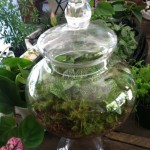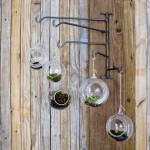A Black Thumb Guide to Life in a Bottle
Terrariums are like tiny fantasylands, chock full of miniature plants and itty-bitty art. But before you get started creating your very own eco universe, make sure you have the right materials and plan so your terrarium will thrive for years to come.
Why It’s Time to Consider a Terrarium
It’s Cool
Let’s face it—having a tiny ecosystem in your own home is really, really cool. Terrarium-dwelling organisms depend on you for light, water, and air—and contingent on your care, they can flourish or despair. This guide helps make sure your itty-bitty terrarium world thrives.
It Can Reduce Stress
Stress is a sneaky and prevalent assassin in American society. Chronic stress has been linked to heart disease, insomnia, eating disorders, and other illnesses, but reducing daily stress levels isn’t always easy. Thankfully, terrariums can help. Studies increasingly demonstrate the act of nurturing plants gives people a way to cope with negative feelings by directing them toward something positive. In fact, merely looking at plants may reduce blood pressure, leading to higher quality of life.
It’s Low Maintenance
How many of us have inadvertently killed a houseplant? Whether it was too much or too little, most people have been guilty of phytocide at some point in time. The terrarium is a low-maintenance way to bring some green into your dwelling without the high water demand, messy pots, or the alternative litter box for your cat. Mind you, low maintenance does not mean no maintenance. The maintenance-free alternative would be plastic plants, which is just tacky.
It’s Art
Clearly, a well-designed terrarium is a beautiful item to feature in your home. It’s worth taking a moment to contemplate and admire, and unlike a painting, it is never static. The organisms are growing, blooming, fruiting, and keeping the life cycle going for all to see. There is nothing boring about a terrarium. And as all good art does, a terrarium provokes thought and inspiration.
Think Like a Plant: A Guide to Terrarium Care
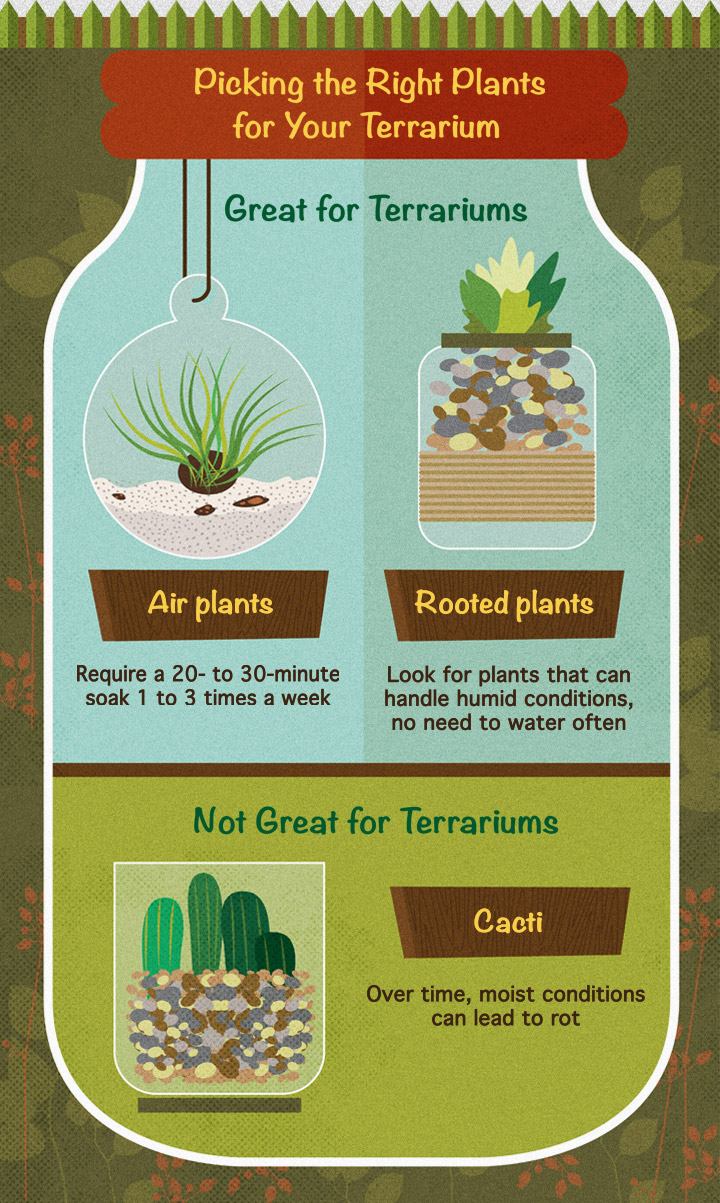 This guide aims to help you make better choices when building your terrarium so it will thrive during its lifespan. To do this, it’s crucial to step outside of the animal kingdom and think like a plant. Terrariums need light, water, carbon dioxide, nutrients, and proper climate. Based on these conditions, they have evolved in fantastic ways, since they are unable to move to another location when the elements become undesirable. Observing the shape of a plant may tell you a lot about the conditions in which that species evolved.
This guide aims to help you make better choices when building your terrarium so it will thrive during its lifespan. To do this, it’s crucial to step outside of the animal kingdom and think like a plant. Terrariums need light, water, carbon dioxide, nutrients, and proper climate. Based on these conditions, they have evolved in fantastic ways, since they are unable to move to another location when the elements become undesirable. Observing the shape of a plant may tell you a lot about the conditions in which that species evolved.
Water and light are two major limiting factors when it comes to plant survival. In a desert, the physical conditions yield an abundance of light and lack of water. To minimize water loss through their porous “skin,” xerophytes (plants adapted for low-water environments) will reduce the amount of surface area exposed to the atmosphere. Thus, the more sphere-shaped a plant is, the more water it will retain, thereby reducing its risk of drying out.
In a jungle, however, plants are faced with the opposite problem: abundance of water and limited sunlight. Massive trees shade out the understory vegetation, leaving plants competing for light. Many tropical plants will exhibit an increased surface area to maximize light absorption, since water is readily available from humid conditions.
These morphological features provide a peek into proper species selection for your terrarium. Consider how a plant evolved and then choose its friends that may have evolved under similar pressures. If you select plants that have evolved with opposing limiting factors, then one or both species will surely wane as you struggle to keep everyone happy.
Plant Selection
The most common plants in terrariums are air plants, houseplants, and cacti. Air plants and houseplants work beautifully for terrariums, but cacti will suffer a long, arduous death.
Air plants
The genus Tillandsia is the most commonly used air plant in terrariums and provides an impressive diversity of species. The plant collects water and nutrients from the air, so the leaves double as roots, which says a lot about the climate in which these plant evolved (humid!). That utilization of the air makes these excellent as plants for the terrarium environment.
Lighting and temperature are key factors that will influence where the terrarium will live in your house. Air plants enjoy bright, indirect sunlight. If you plan to have it in a darker space—say, built into your desktop or bookcase—you will need supplemental grow lamps. This is where your economical terrarium gets pricier, but is bound to impress.
Air plants thrive at around 50 degrees and up. Some species are hardier than others, so if you live in a cold climate, you should read up on which Tillandsia will work best for you. Air plants require a 20- to 30-minute soak one to three times a week, depending on how dry your climate is. It is important to let your Tillandsia dry out between soakings before placing it back into the terrarium. It can be given supplemental misting with a spray bottle in between water baths if needed. Keep an eye out for mold or algal growth, which indicates the environment is too wet.
Rooted Plants
If you decide to put rooted plants in your terrarium, there are two points to remember. First, select a plant that will handle humid conditions and a lack of drainage. Second, realize a rooted plant needs soil and will require some maintenance.
The walled vessel of a terrarium increases the humidity, so there is no need to water heavily or often. If the glass accumulates condensation, then that is a good indicator humidity levels are where you want them. If algae start to grow or pooling water is apparent, then the system has too much water and needs to air out.
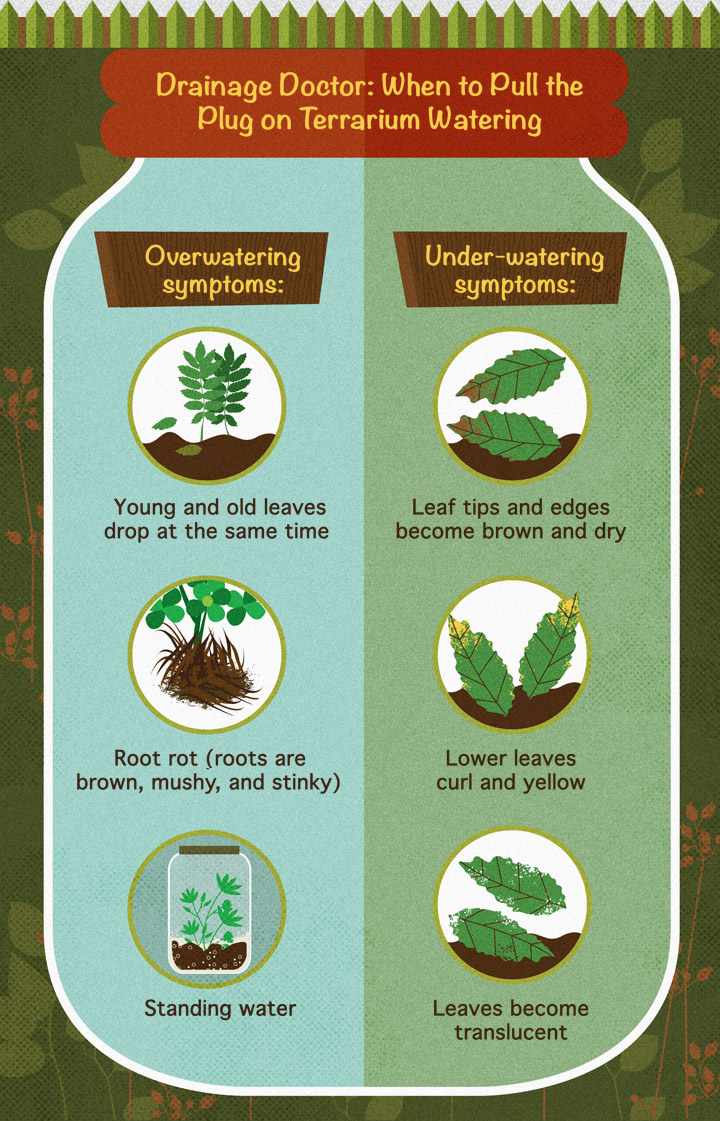 Cacti
Cacti
Cacti are notoriously hardy plants adapted for wind, drought, flash floods, and intense direct sunlight. These conditions are difficult to emulate in a jar, which is why they don’t have long-term success in a terrarium. Initially, they look chipper, but over the test of time, they suffer.
The classic terrarium will have glass walls that block air circulation, which is a rotting death sentence for cacti and many succulents. When placed in the cacti’s required full sun, light that penetrates the terrarium glass creates oven-like conditions that put your plants on slow cook. If an open-air vessel with low walls is used, the water drainage issue remains. A properly watered cactus requires a “flash flood” method, with heavy watering every three or four weeks and dry soil in between. Terrariums, by design, hold water in the soil, leading to rot.
Terrarium Assembly
Choose a substrate
The choice of substrate you select depends on the plants you use. If you are using air plants, remember their root structures are used for anchorage rather than water transport, so avoid placing them directly onto soil. It is best to let air plants sit on gravel, sea glass, rusty bolts, or whatever pleases you. If your air plant has rooted plant neighbors, anchor it to something like a piece of driftwood to keep it off the moist substrate.
If your plants have functional roots, they need soil. You can get creative with your layer materials. Rooted plant terrariums—from the base and up—generally consist of a drainage layer, soil barrier, and growing medium.
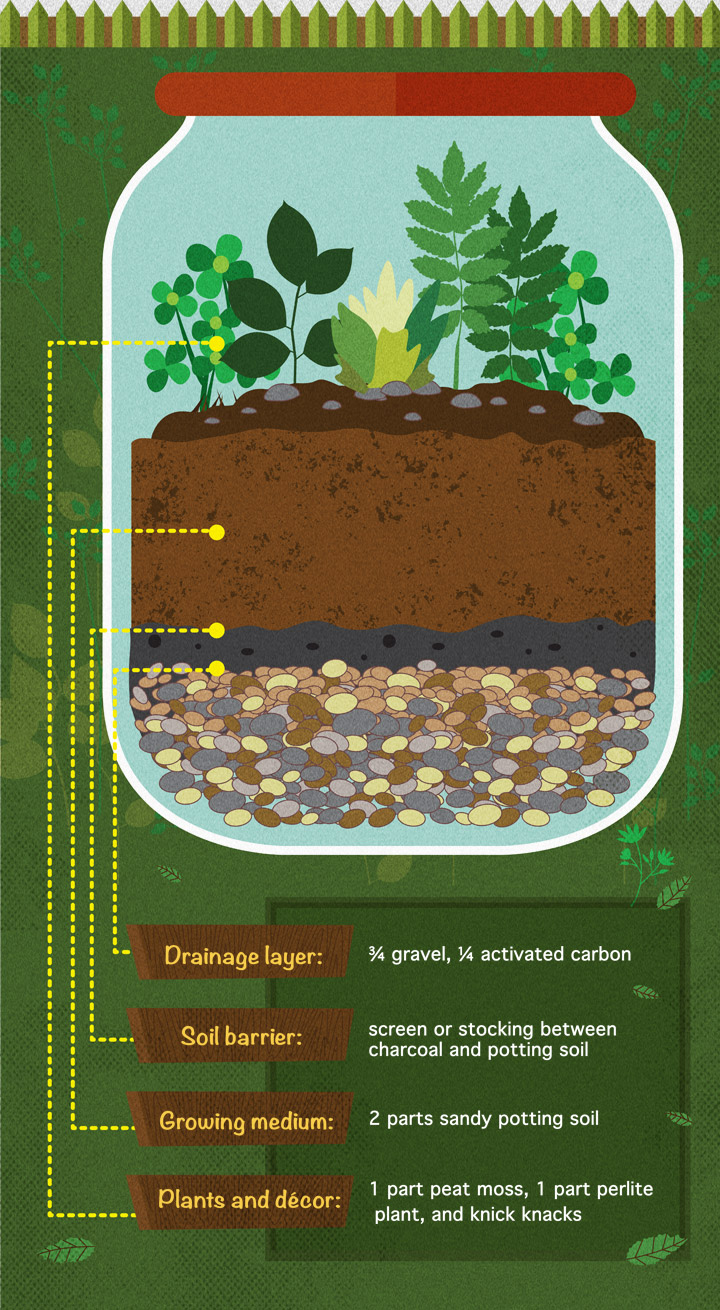 Drainage layer
Drainage layer
Start with gravel at the base. For a petite vessel, use a smaller diameter material like aquarium gravel, and for larger containers use pea gravel.
Place a layer of activated carbon (a.k.a. horticultural charcoal) on top of your gravel layer. It will help absorb decomposition odors and keep your terrarium fresh. Be sure to dampen before adding to the container; otherwise charcoal dust will cling to the glass.
The drainage layer should constitute three quarters gravel and one quarter activated carbon. The gravel and the odor reducer should measure about half the depth of your growing medium layer.
Soil barrier
This prevents the soil from washing into the drainage layer. You can use fine-grade plastic screens, nylon stockings, or any non-compostable material that will allow water percolation and prevent soil particles from passing through.
Growing medium
A good growing medium consists of about two parts sandy potting soil, one part peat moss, and one part perlite. Before adding your potting soil, it should be moist but not soaked. When you give a handful of soil a squeeze, no water should trickle out.
The total depth of the soil mix and drainage material should be no more than one quarter the depth of the container. Place the growing medium on top of the soil barrier and you are ready to plant. The soil can be contoured with pieces of rock or other scavenged goods to create the desired landscape.
Create a universe
Now that you have your vessel, substrate, and compatible plant species, it is time to assemble your universe. The tricky part of planting a terrarium is to minimize the mess. Because the vessel’s opening is generally narrow, it is useful to have some tools for the job. Fortunately, you can use common household items.
 Make sure to clean the vessel before planting. When you are ready to plant, be rigorous with your plant inspection—check for diseased tissues or hitchhiking insects. Place the large specimens in first and then fill in with smaller ones. After planting, place a layer of sphagnum moss over the soil to create a splashguard during watering. It also creates a less cultivated appearance.
Make sure to clean the vessel before planting. When you are ready to plant, be rigorous with your plant inspection—check for diseased tissues or hitchhiking insects. Place the large specimens in first and then fill in with smaller ones. After planting, place a layer of sphagnum moss over the soil to create a splashguard during watering. It also creates a less cultivated appearance.
Use only distilled water in your terrarium so calcification deposits from tap water do not build up.
There you have it: an attractive, stress-reducing, low-maintenance ecosystem in a jar! With the proper care, you and your terrarium will be friends for many years to come.
If this article has you interested in building your own terrarium, take a look at these stands to display your plants. — http://www.custommade.com/gallery/custom-plant-stands/



